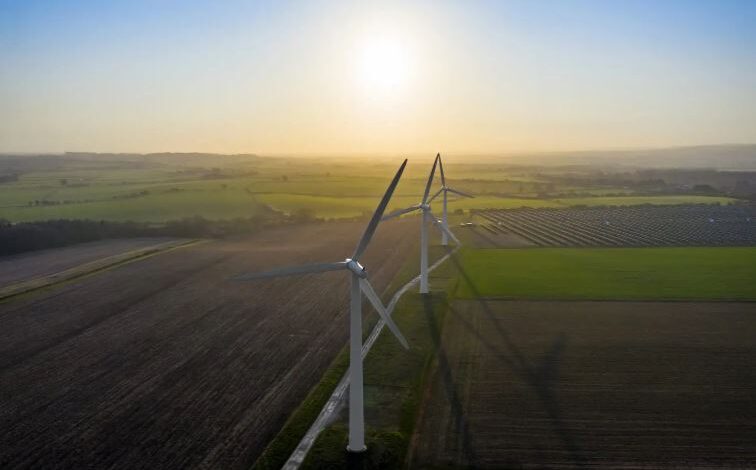The IEA publishes the latest Report on the electricity market
(Sustaiabilityenvironment.com) – The growth of global electricity demand is slowing dramatically compared to the 2021 trend. The reason is not a mystery. Between weakening economic growth and record energy prices, consumption has inevitably pulled the brakes. On the other hand, renewable production 2022 is advancing. Green electricity generation continues to grow thanks to new and continuous capacity additions, increasing the share of low-carbon energy in the production mix, despite the dramatic contraction of nuclear (-3%).
This is reported by the latest Report on the electricity market of the International Energy Agency (IEA). “The world is in the midst of the first real global energy crisis, triggered by the Russian invasion of Ukraine, and the electricity sector is one of the most severely affected,” said Keisuke Sadamori, director of the IEA for energy markets and security. “This is particularly evident in Europe, where there is severe energy market turbulence, and in emerging and developing economies, where supply disruptions and soaring fuel prices are putting a strain on fragile energy systems and causing blackouts. Governments must resort to emergency measures to address immediate challenges, but they must also focus on accelerating investment in clean energy transitions as the most effective and lasting response to the current crisis”.
Read also Supply chains do not stifle investment in renewables: in 2022 it is already a record
According to the new report, world electricity demand will increase by 2.4% in 2022, 3.6 percentage points less than in 2021, returning in line with the average growth rate in the five years preceding the Covid-19 pandemic. It is difficult at the moment to understand what the trends of the medium-term generation mix will be.
However, at least for now, green energy is getting the better of us. The IEA estimates that 2022 renewable production will rise by more than 10%, replacing part of the fossil generation. As a result, carbon dioxide emissions from the global electricity sector are expected to decrease (about -1%) this year from the all-time high reached in 2021, despite the decline in nuclear production. The percentage could be higher if coal had not begun to replace gas. For the latter it is expected that energy will decrease by 2.6% since the declines in Europe and South America exceed the growth recorded in North America and the Middle East.






